A style icon who was once Asia’s most famous footballer, Hidetoshi Nakata now has his heart set on revolutionizing the sake industry.
Photos by Junichi Takahashi
Like many youngsters who grew up in Japan during the 80s, Hidetoshi Nakata dreamed of emulating manga hero “Captain Tsubasa” during his youth. He dedicated his life to football and by the age of 21, after some stand-out performances at the 1998 World Cup, became the country’s most sought-after player. Eight years later, following spells in Italy and England, he stunned fans by calling time on his career. He had yet to reach 30.
“Football was like a hobby,” he tells Weekender from his immaculately kept office in Roppongi. “I didn’t see it as a job. I played because I had a real passion for the sport. Once that started to disappear I knew I had to look for something else. I didn’t have any business plan or anything. I just decided to see the world, visiting more than 100 countries. During my travels people would often ask me first about football, then Japan. It was the country I grew up in, but I couldn’t answer well because I didn’t truly know enough about the place.”
He decided to embark on a journey that would take him to all 47 prefectures of Japan, starting in Okinawa before finishing at the northernmost point in Hokkaido at the back end of last year. Along the way he met numerous craftsmen, farmers and sake makers, who seemed to make quite an impression on him.
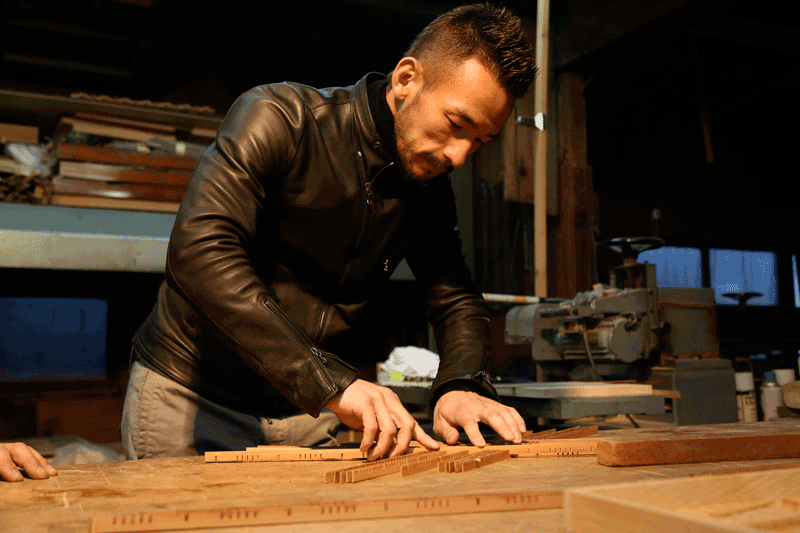
Nakata’s tour of Japan allowed him to experience a variety of traditional Japanese crafts. Here he is learning the woodworker’s art in Iwate
“I began to realize the struggle these people faced, but also the enormous value of what they were providing,” says the 39 year old. “While there is a big demand for Japanese goods abroad, marketing them has proved difficult. That’s where I wanted to help. Of course I can’t make sake or anything, but what I could do was act like a bridge between producers and international consumers around the world.”
During the 2012 Olympics he opened a pop-up bar outside London County Hall that featured 26 different kinds of sake. A year later he launched his own brand of the drink simply named “N.” A refined beverage produced by the famed 14th generation Yamagata brewery Takagi Shuzo, it requires a lot of time and care to create. Boasting a stylish bottle designed by Japanese firm Nendo, it’s only sold abroad and is very exclusive: fewer than 2,500 bottles have been produced in the past three years.
“It’s an elegant drink that initially tastes quite sweet, but goes down like water,” Nakata says. “We hope people around the world will like it and then want to try other types of sake. This isn’t about trying to sell big amounts or making a huge profit. Our goal is to try and open up the market. With wine the quality of the product varies greatly and subsequently you have a wide range of prices. That isn’t really the case with sake as most items tend to be cheap, which makes it more difficult for new brands to enter into the competition. We want to show people you can make premium sake and be successful. It’s a niche market, but people are beginning to realize there are opportunities out there and consequently you’re seeing more sake makers selling high-end goods.”
According to Nakata one of the biggest obstacles producers face is the perception that consumers have about sake. It’s seen as a drink that must be consumed shortly after purchase and therefore loses value. Last month the ex-Roma and Bolton midfielder introduced his solution to the problem: sake cellars.
“Without wine cellars the wine industry would never have flourished the way it has,” he tells us. “The longer you can keep something the more it’s worth. People think they have to throw sake away if it hasn’t been drunk after a month or so, but that’s not true. At the right temperature and humidity it can be kept for years, but that can only be achieved if you have a cellar. It’s a necessary item for this industry and that’s why we’re confident it’ll be successful.”
Listening to Nakata speak it’s obvious how much it all means to him. This is not some ex-sports player investing some of his money into a side venture; sake is now his passion. He drinks at least one glass every other night and has tried hundreds of brands over the past few years, but the problem he says is that none of them are well known around the globe. He’s hoping the smartphone app he helped set up last year will start to change that. Known as “Sakenomy,” it recommends specific labels based on a user’s taste and preference. The information given includes alcohol content, temperature, ingredients and details about the taste.
“Domestic sales are down, but with so many Japanese restaurants around the world, overseas interest in sake is increasing,” Nakata says. “The problem is many people abroad don’t know what they’ve ordered because they can’t read kanji. With Sakenomy they can take a picture and it will give you the name of the drink and other relevant information. For example, if you say like a particular brand it will tell you the nearest place you can get it or where they sell it online. I’ve been told by a number of foreigners that this is exactly the kind of thing they need. It’s available in Japanese, English and now Italian. We’re also working on a French and Chinese version.”
Determined to transform an industry he believes has been undervalued, the two-time Asian Footballer of the Year is on a mission to educate people about sake: the best brands, the way to order, the kinds of food it can be paired with. A common misconception, he informs me, is that it only goes well with Japanese cuisine, when in fact it can be enjoyed with all kinds of dishes, including French and Italian. This is a point he’s keen to show off at “Craft Sake Week” in Roppongi Hills this month. Despite the name, it’s actually a ten-day event featuring 100 sake companies (10 different ones each day), a number of restaurants, DJs playing a variety of music and a sommelier who will be on hand to answer questions.
“The best sake comes out in winter so we felt this is the best time to have an event like this, but isn’t just some drinking festival,” Nakata says. “We want people to get to know the various brands properly and that is why we are only having 10 companies each day. Along with their drinks guests can try some amazing dishes from establishments I personally selected where it is usually really difficult to book a table. There’s a Michelin-starred restaurant, my favorite yakitori and oden shops, an amazing French eatery and in my opinion the best place to eat Italian in all of Japan. We want people to come and enjoy the whole experience, from the alcohol to the plates and glasses, many of which we designed ourselves.”
Constantly searching for ways to improve and revitalize the sake industry as well as looking to introduce Japanese crafts around the world, Nakata admits he is now busier than he ever was as a footballer. It’s been almost 10 years since his final match as a professional when he lay in the center circle of Dortmund’s Westfalenstadion after Japan had crashed out at the 2006 World Cup. Since then he has gone on to travel the globe, take a pilgrimage in his homeland and start his own business. Looking back, does the man who won 77 caps for his country have any regrets about quitting the game at just 29?
“None whatsoever,” he answers bullishly. “I have some great memories that I will always keep, but I don’t like to look back. I don’t take photographs or collect memorabilia. I prefer to face ahead and take on new challenges. There is so much I want to do, but for now my main focus is sake.”
(For more information about the Craft Sake Week, check out our event calendar listing.)

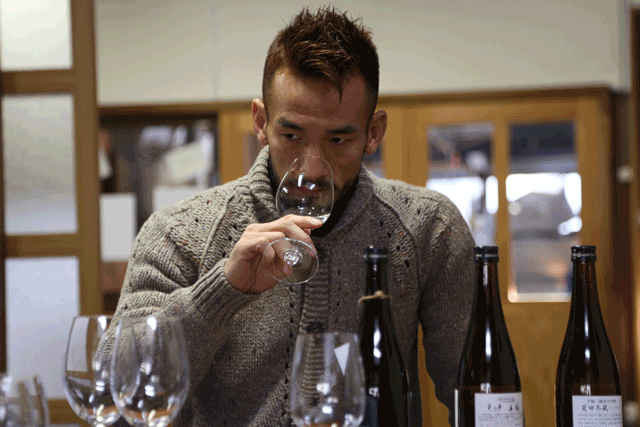
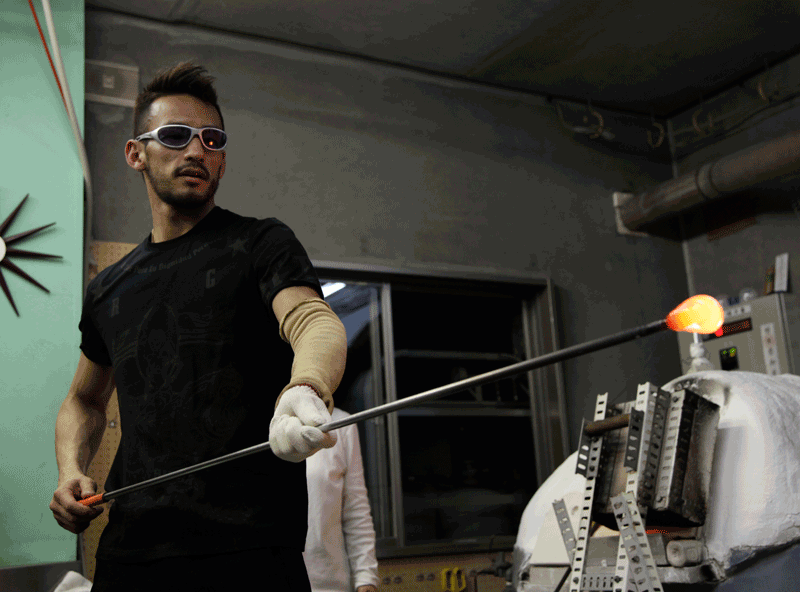

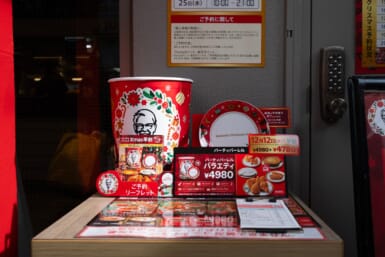
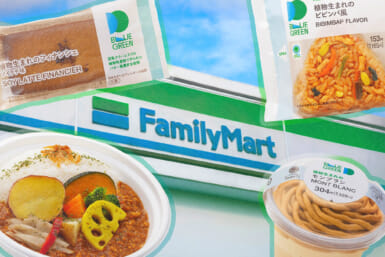
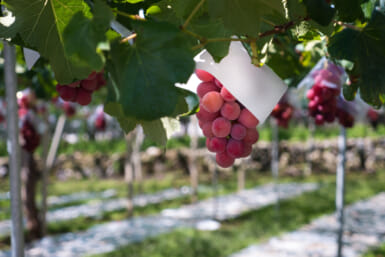
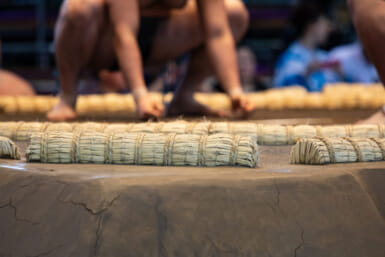

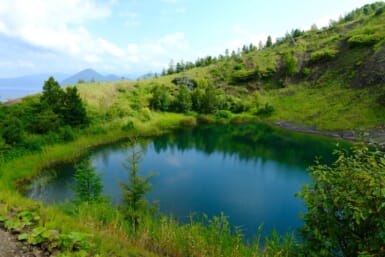
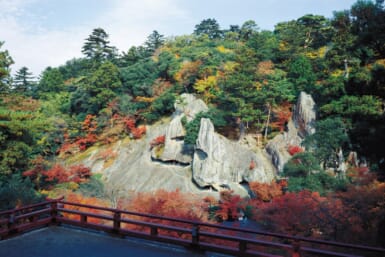
_KRAACH-クリスタルバスソルト-385x257.jpg)